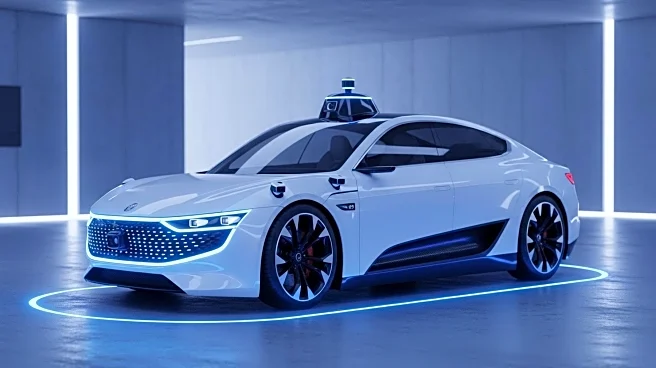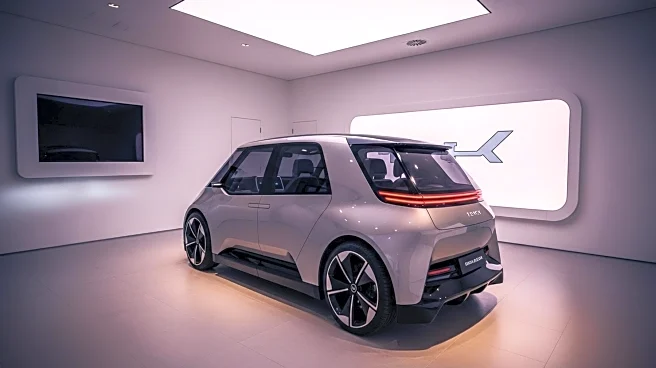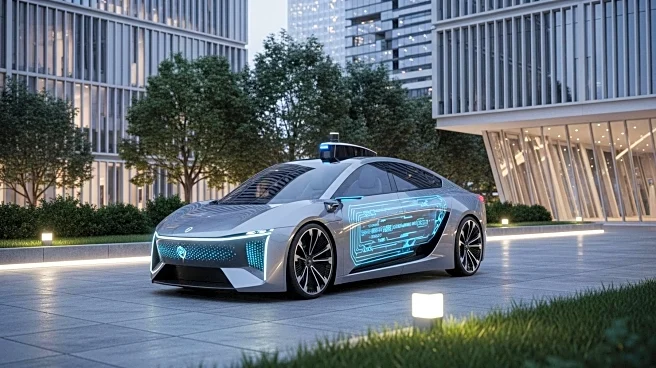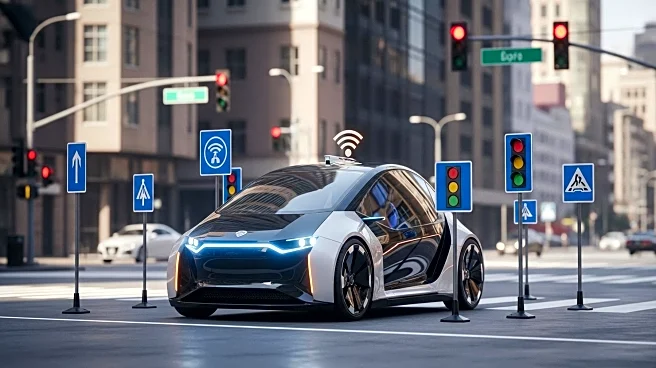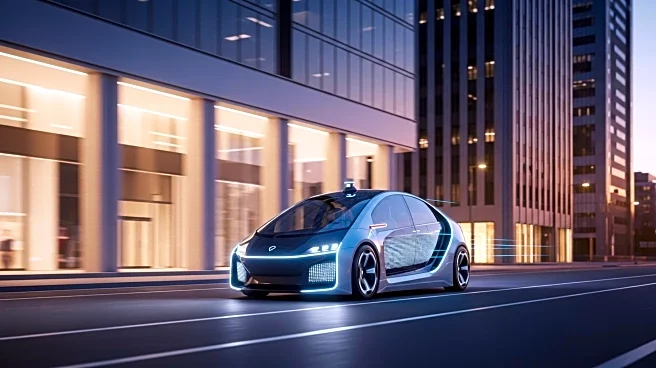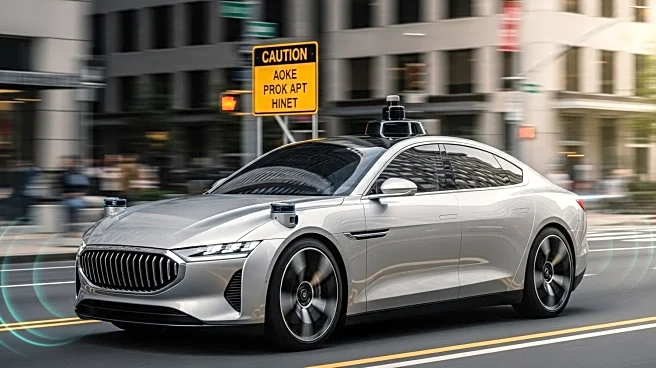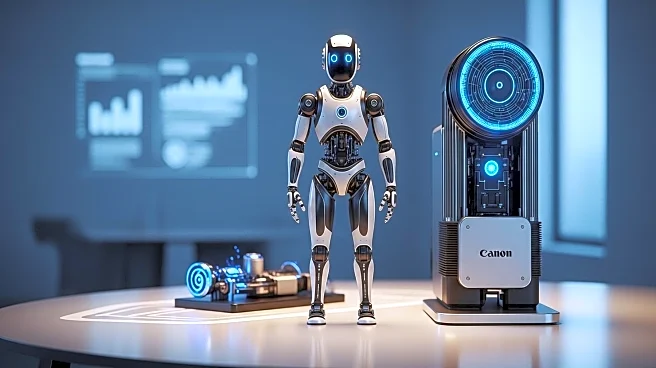What is the story about?
What's Happening?
Experts predict that fully autonomous cars will not become common until after 2035, despite advancements in driver-assistance technologies. Current systems like General Motors' Super Cruise are expected to lead the market, offering hands-free driving capabilities. However, the transition to fully autonomous vehicles, classified as Level 5, faces significant technical and regulatory challenges. The forecast suggests that while Level 4 vehicles, which can operate autonomously under certain conditions, will see increased deployment, the widespread adoption of fully autonomous cars remains a distant goal.
Why It's Important?
The delayed timeline for fully autonomous vehicles highlights the complexities involved in achieving complete autonomy in the automotive industry. While advancements in driver-assistance technologies continue, the leap to full autonomy requires overcoming substantial hurdles, including safety, regulatory approval, and public acceptance. This delay could impact the strategies of automakers and tech companies investing in autonomous vehicle development, as well as influence public policy and infrastructure planning. The focus may shift towards enhancing existing technologies and gradually introducing more autonomous features in consumer vehicles.
Beyond the Headlines
The slow progress towards fully autonomous vehicles raises ethical and legal questions about the responsibility and liability in autonomous driving scenarios. As technology advances, the industry must address these concerns to ensure public trust and safety. Additionally, the development of autonomous vehicles could lead to significant shifts in urban planning, transportation infrastructure, and employment in driving-related industries.
AI Generated Content
Do you find this article useful?
